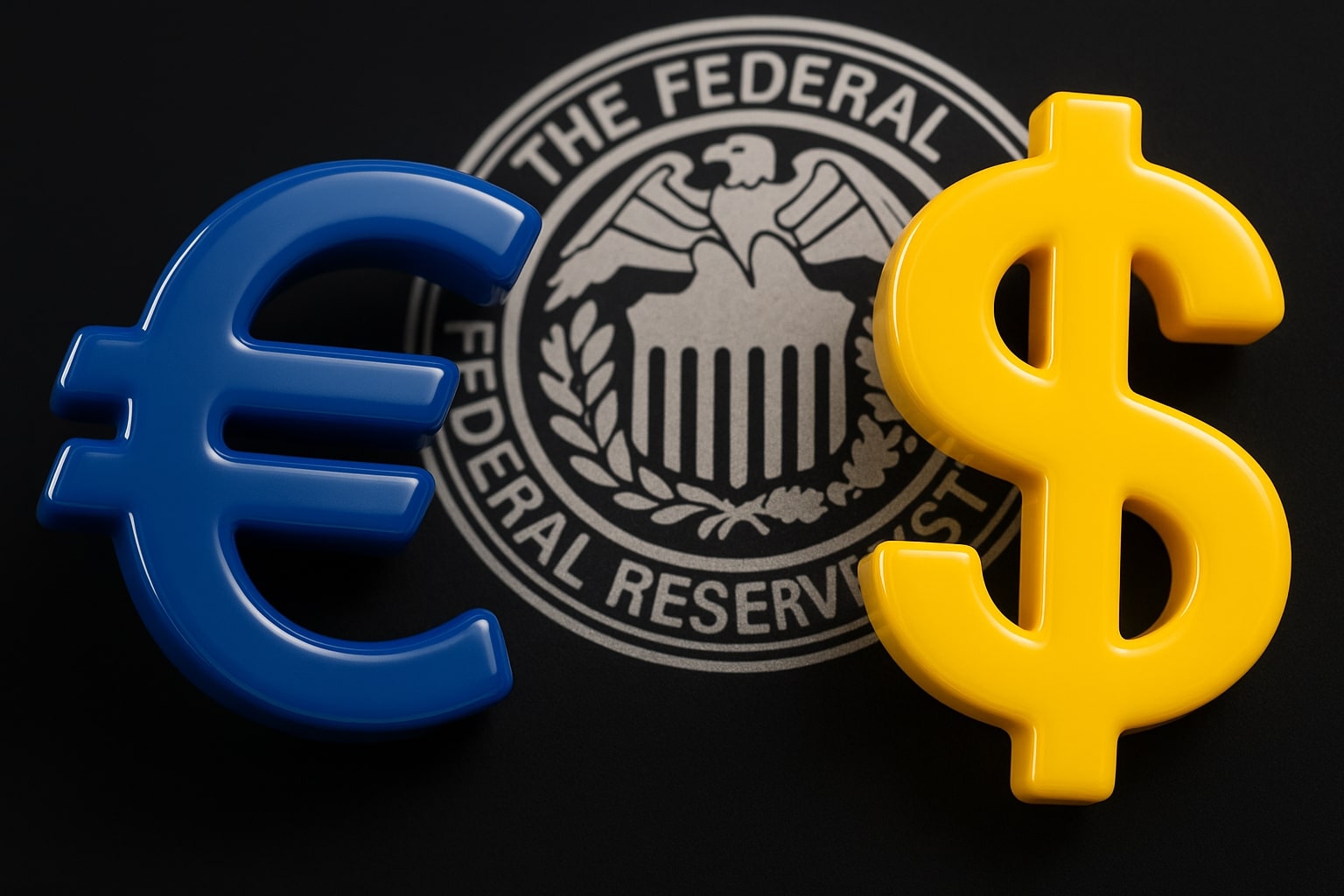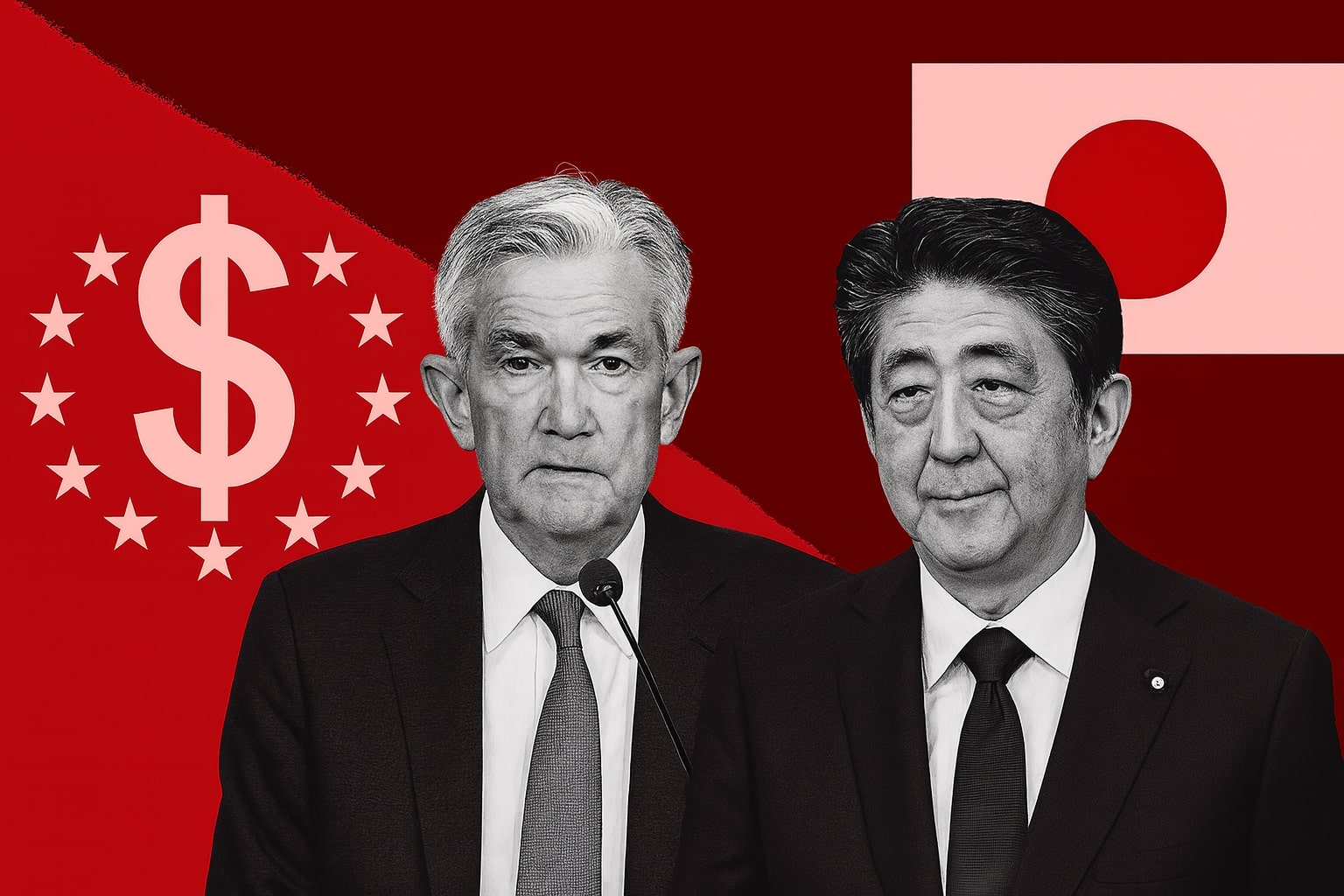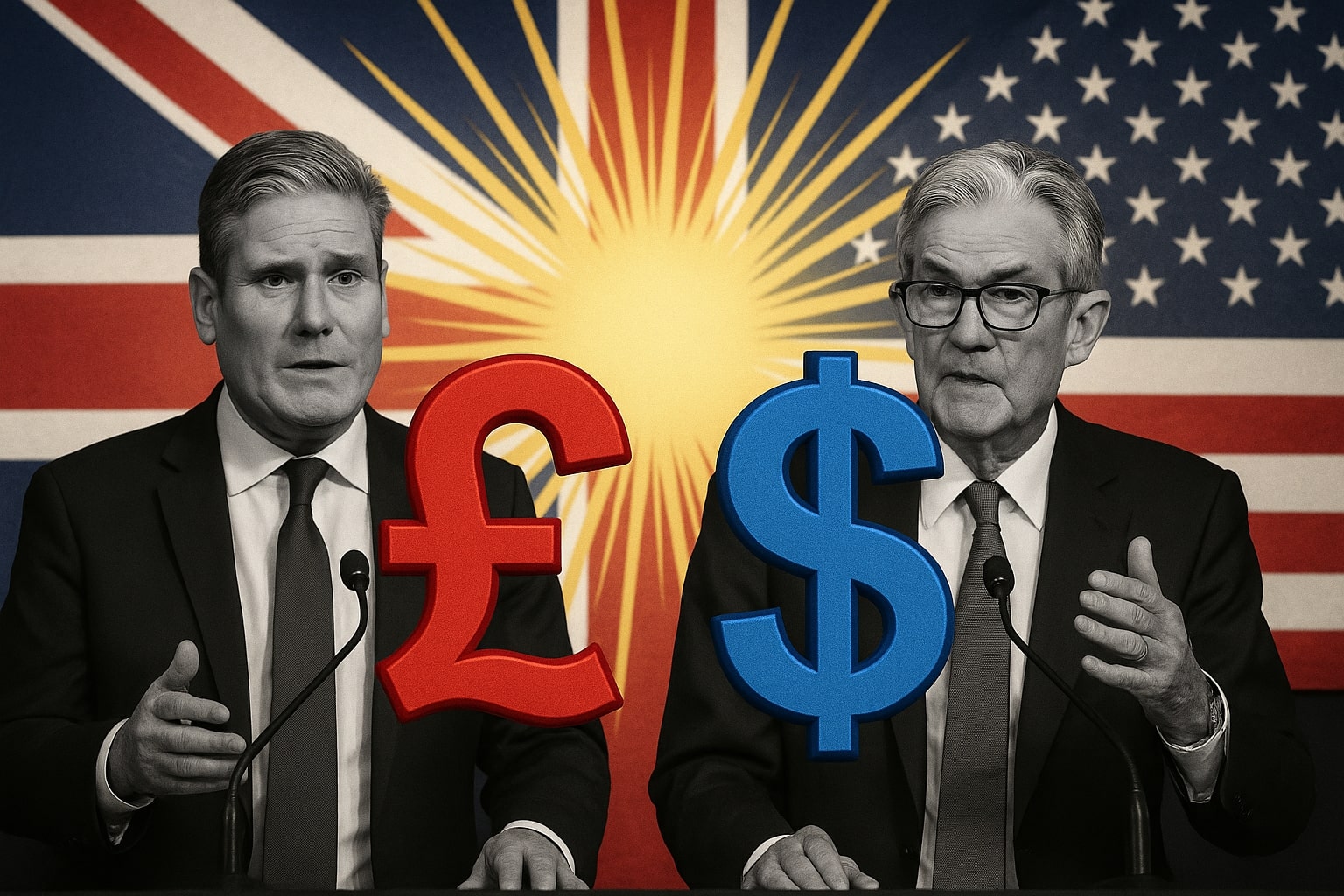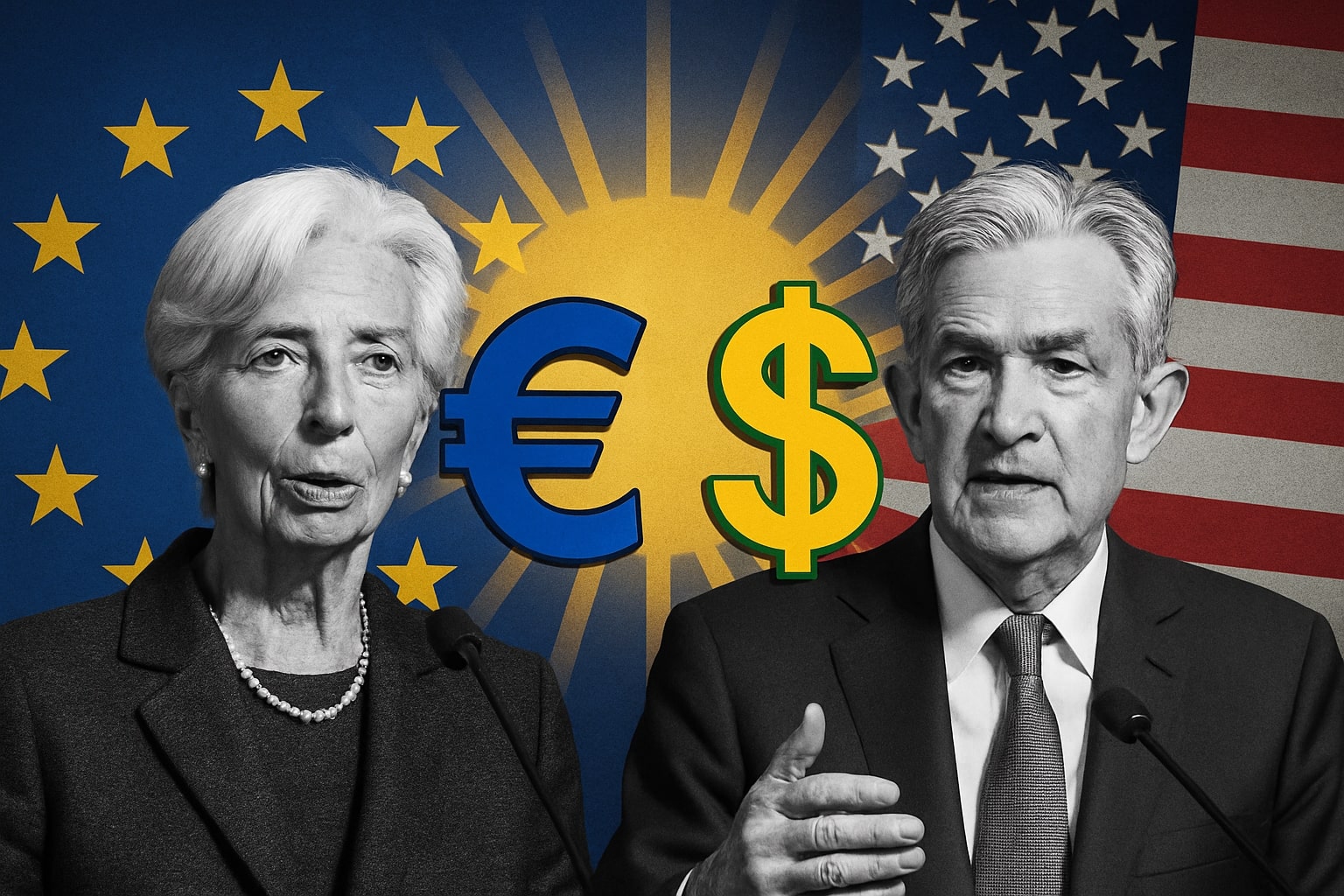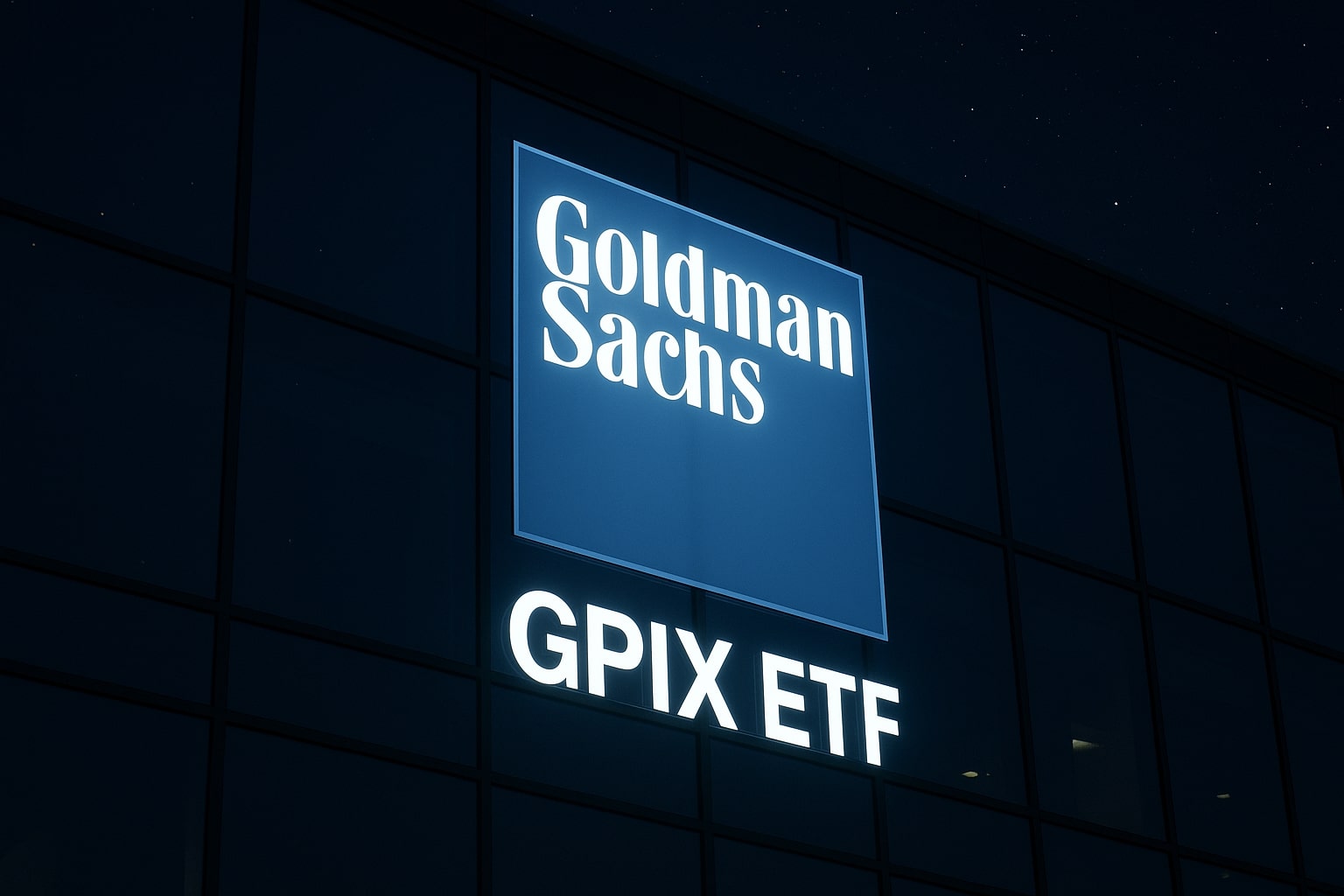Political Risk in Japan and the Euro’s Cross-Currency Headwinds
The euro’s troubles are compounded by external cross-flows. The victory of Sanae Takaichi in Japan’s leadership race triggered a collapse in the JPY, with USD/JPY climbing above 150, its highest in 18 months. The yen’s weakness redirected capital into the dollar, strengthening U.S. indices and weighing indirectly on the euro. The spillover from Asian markets amplified the safe-haven rotation, where investors favored the greenback over the single currency due to Europe’s internal divisions. Analysts note that the euro’s underperformance is not isolated to the dollar—EUR/GBP fell to 0.8512, while EUR/JPY plunged below 174.00, its sharpest two-day drop since May. The widening interest rate differentials between the ECB and other central banks further undermine carry appeal for the euro.
Macro Catalysts Ahead: FOMC Minutes and ECB Speeches in Focus
Traders are now awaiting the FOMC meeting minutes, due later today, as a potential catalyst for EUR/USD volatility. The minutes from the September 16–17 meeting, where the Fed voted to cut rates by 25 basis points, will shed light on policymakers’ internal debate over growth risks amid the data blackout caused by the shutdown. Fed members including Governor Bowman and President Goolsbee are scheduled to speak later in the day, offering clues about how deeply divided the Committee remains. Simultaneously, the ECB’s Lagarde is expected to address fiscal risks and market fragmentation in a high-profile speech in Frankfurt. A dovish tone from either side could trigger a corrective bounce toward 1.1690, while any sign of Fed caution on further cuts would reinforce dollar strength and drive EUR/USD toward 1.1500.
Market Sentiment: Traders Stay Bearish but Volatility Remains Contained
Despite persistent bearish momentum, implied volatility in EUR/USD options remains muted at 6.2%, indicating traders expect controlled downside rather than disorderly selling. However, sentiment surveys reveal caution: over 64% of leveraged funds tracked by the CFTC hold net-short euro positions, the highest ratio since April. Retail traders, on the other hand, appear increasingly contrarian, with positioning data showing 58% long exposure, a setup that typically precedes further downside before a potential reversal. As liquidity remains thin amid the government shutdown and Chinese holidays, intraday ranges are expected to remain tight, with volume clusters forming between 1.1590–1.1650.
TradingNews Verdict: EUR/USD – SELL (Short-Term), Neutral Medium-Term
Based on combined macro, technical, and positioning signals, the balance of risk favors continued euro weakness. The mix of French political paralysis, lack of Eurozone growth momentum, and a defensive dollar points to further downside. As long as EUR/USD stays below 1.1650, bears maintain control with targets at 1.1575 and 1.1490. A sustained rebound above 1.1720 would be required to shift bias toward neutral. For now, the outlook remains bearish short-term, neutral mid-term, as traders brace for the FOMC minutes and ECB rhetoric to determine whether the next 200-pip move unfolds before the week’s end.














